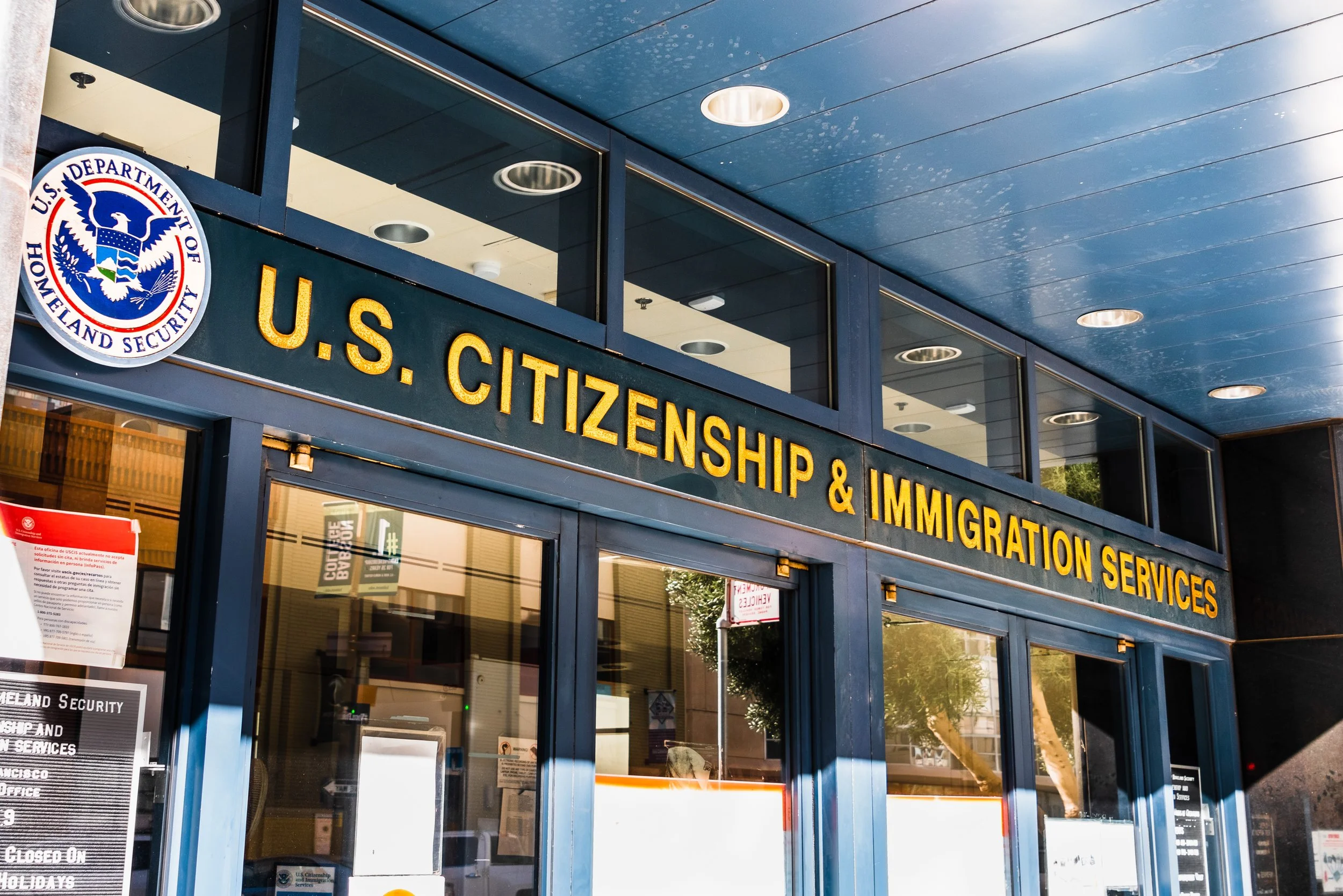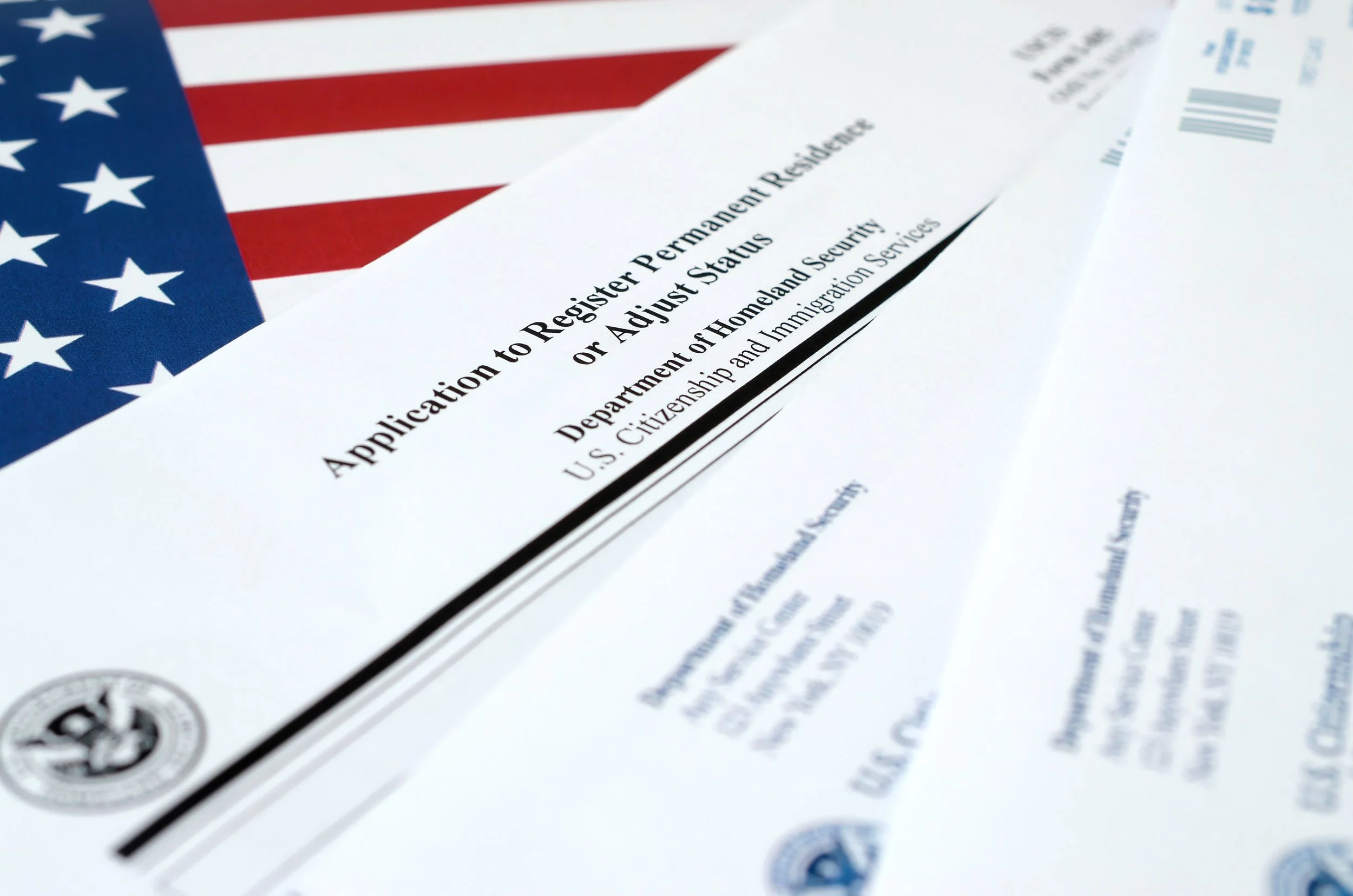Over 700,000 Temporary Protected Status (TPS) recipients lose legal status by the end of 2025, including 550,000 who are legally working. We estimate that TPS recipients contribute over $36 billion in annual GDP. Withdrawing their work authorization could add to labor shortages in construction, cleaning, and hospitality, especially in Florida, Texas and New York.
Mass Deportation of Unauthorized Immigrants: Fiscal and Economic Effects
It is well known that mass deportation reduces aggregate economic variables like GDP due to scale effects. We project that deportation also reduces wages of high-skill workers, compromising 63% of workers. Still, authorized low-skilled workers can see their wages increase but only if the deportation policy is permanently sustained after 4 years. Even with new funds provided in the 2025 OBBBA, we estimate that permanent deportation would cost an additional $900 billion over the first 10 years.
The Impact of President Trump’s Deportation Policies: The Social Security Program
Deporting unauthorized workers over 10 years cuts Social Security revenue, raises deficits by $133 billion (10 yrs) and $884 billion (30 yrs). The Trust Fund depletes 6 months earlier; 75-year deficit rises by 0.25% of payroll.
Shifting Immigration Toward High-Skilled Workers
We evaluate two immigration policies that shift 10 percent of future low-skilled immigration toward either: (i) high-skilled immigrants (“HSI”) that otherwise maintains the current share of STEM workers within the high-skilled group, or (ii) only high-skilled STEM workers (“HSI STEM”) that increases the share of STEM relative to other high-skill workers. The number of total immigrants remains the same under both policies. Both policies grow the economy, reduce federal debt, and increase wages across all income groups: lower-skilled, higher-skilled non-STEM workers, and higher-skilled STEM workers. In fact, this policy change affords the rare opportunity of a “Pareto improvement” benefitting all groups.
Principles-Based Illustrative Reforms of Federal Tax and Spending Programs
A package of 13 major tax and spending reforms, based on standard public economics design principles, is shown to reduce federal debt, increase social insurance, and expand the economy more than any previously analyzed policies by PWBM.
The Impact of COVID-19 on Immigration to the United States
The COVID-19 pandemic caused major disruptions to U.S. immigration. Policymakers imposed travel restrictions, stopped visa processing, and made significant changes at the border. The pandemic and policy response led to more employment-based immigration and increased illegal border crossings instead of reducing them.
U.S. Demographic Projections: With and Without Immigration
U.S. population growth is projected to decline, and the population will become much older over time. Preventing these outcomes will require faster immigration by several multiples of its current rate.
How Does Accounting for Population Change Affect Estimates of the Effect of Immigration Policies on the Federal Budget?
We report estimates from the Penn Wharton Budget Model (PWBM) that exempting employment-based green cards from statutory limits for applicants (and their families) who have earned a doctoral or master’s degree in a STEM field---similar to Section 80303 in H.R. 4521---would reduce federal budget deficits by $129 billion from 2025 to 2034. In contrast, a conventional budget estimate, which would include projected increases in federal spending but not the effect of a larger population on federal tax revenues, shows an increase in federal deficits of $4 billion.
Budgetary Effects of Granting Green Cards to Immigrants with Advanced STEM Degrees
PWBM estimates that exempting from immigrants with advanced STEM degrees from numerical limitations on green cards would reduce deficits by $129 billion over the 2025-2034 period and by $634 billion over the 2035-2044 period.
W2022-1 Immigration and the macroeconomy
Authors: Efraim Berkovich, Daniela Costa, and Austin Herrick
H.R. 5376, Build Back Better Act: Budget and Macroeconomic Effects
PWBM estimates that H.R. 5376, the Build Back Better Act, would increase spending by $2.1 trillion over the 10-year budget window while increasing revenue by $1.8 trillion, for a 10-year deficit of $274 billion. By 2050, the proposal would decrease GDP by 0.2 percent, relative to current law.
The Macroeconomic Effects of the August 2021 Senate Budget Reconciliation Package
Drafting a budget from the August 2021 Senate reconciliation framework that satisfies the Senate rules of reconciliation (“Byrd Rule”) will require a decrease in new outlays or a large increase in revenues (or both) after the standard 10-year budget window.
One such potential reduction in spending would allow the new non-healthcare related discretionary spending provisions to expire after 2031.
With this reduced spending in 2031, we project that the reconciliation package will decrease GDP by 4.0 percent in 2050. Without this spending decrease (and where the Byrd Rule is not satisfied), we project a 4.8 percent fall in GDP in 2050.
Effects of President Biden’s Unauthorized Immigrant Legalization Proposal on SNAP and Payroll Tax
PWBM projects that the legalization provisions of the U.S. Citizenship Act proposed by President Biden would increase per capita spending on the Supplemental Nutrition Assistance Program (SNAP) by 1.2 percent in 2030 and 0.8 percent 2050 relative to the current policy baseline. Per capita payroll taxes would decrease by 0.1 percent relative to the current policy baseline.
Demographic and Economic Effects of President Biden's Proposal to Legalize Immigrants
PWBM projects that by 2050, the legalization provisions of the U.S. Citizenship Act proposed by President Biden would increase the size of the U.S. population by 4.21 percent, increase GDP by 0.5 percent, but decrease GDP per capita by 0.2 percent. More specific legalization proposals targeted at farm workers, DACA recipients, and essential workers would each increase GDP per capita by 0.1 percent in 2050.
Macroeconomic effects of Biden’s immigration policy
Using PWBM’s dynamic model, we show the macroeconomic effects of Presidential candidate Biden’s immigration proposal. By 2050, GDP increases by 1.7 percent in 2050 relative to current law while GDP per capita stays the same.
PWBM Analysis of the Biden Platform
Presidential candidate Joe Biden’s campaign has released a substantial list of policy proposals. PWBM finds that over the 10-year budget window 2021 – 2030, the Biden platform would raise $3.375 trillion in additional tax revenue and increase spending by $5.37 trillion. Including macroeconomic and health effects, by 2050 the Biden platform would decrease the federal debt by 6.1 percent and increase GDP by 0.8 percent relative to current law. Almost 80 percent of the increase in taxes under the Biden tax plan would fall on the top 1 percent of the income distribution.
The Effects of Immigration Trends on the U.S.
Yahoo Finance editor Adriana Belmonte reports on the effects of increasing immigration on the American workforce. Belmonte cites PWBM’s interview on Knowledge@Wharton Business Radio SiriusXM 132, along with a policy brief written by Georgetown University professor Harry Holzer and the U.S. Census data, to illustrate the effects of increasing immigration on the U.S. economy. She refers to PWBM to demonstrate that increased immigration can lead to a rise in GDP.
Projections for the Evolution of the Unauthorized Immigrant Population in the United States
PWBM projects the number of unauthorized immigrants to fall from a peak of 4 percent of the U.S. population in 2007 to under 2.5 percent in 2050. In recent years, fewer unauthorized immigrants have arrived from Mexico while more have arrived from Central America. PWBM projects that future growth of the population of unauthorized immigrants will be driven by visa overstays.
Projections for the Evolution of Naturalized Citizens in the United States
PWBM projects that by 2050 one in ten U.S. citizens will be foreign-born, up from 7 percent today. We account for different historical naturalization patterns of immigrants from different countries, including the time immigrants reside in the U.S. Thus, this increase reflects shifts in the origins of lawful immigrants. In particular, we project that the shift away from immigrants arriving from Mexico and toward immigrants arriving from Asia to continue.
The Effects of Changes to Immigration Policy on the United States’ Population
We project that increasing annual net legal immigration leads to a younger and more educated U.S. population. These population changes are likely to have a positive impact on entitlement finances and tax burdens relative to current policy. In contrast, decreasing annual net legal immigration likely has the opposite effects.
















